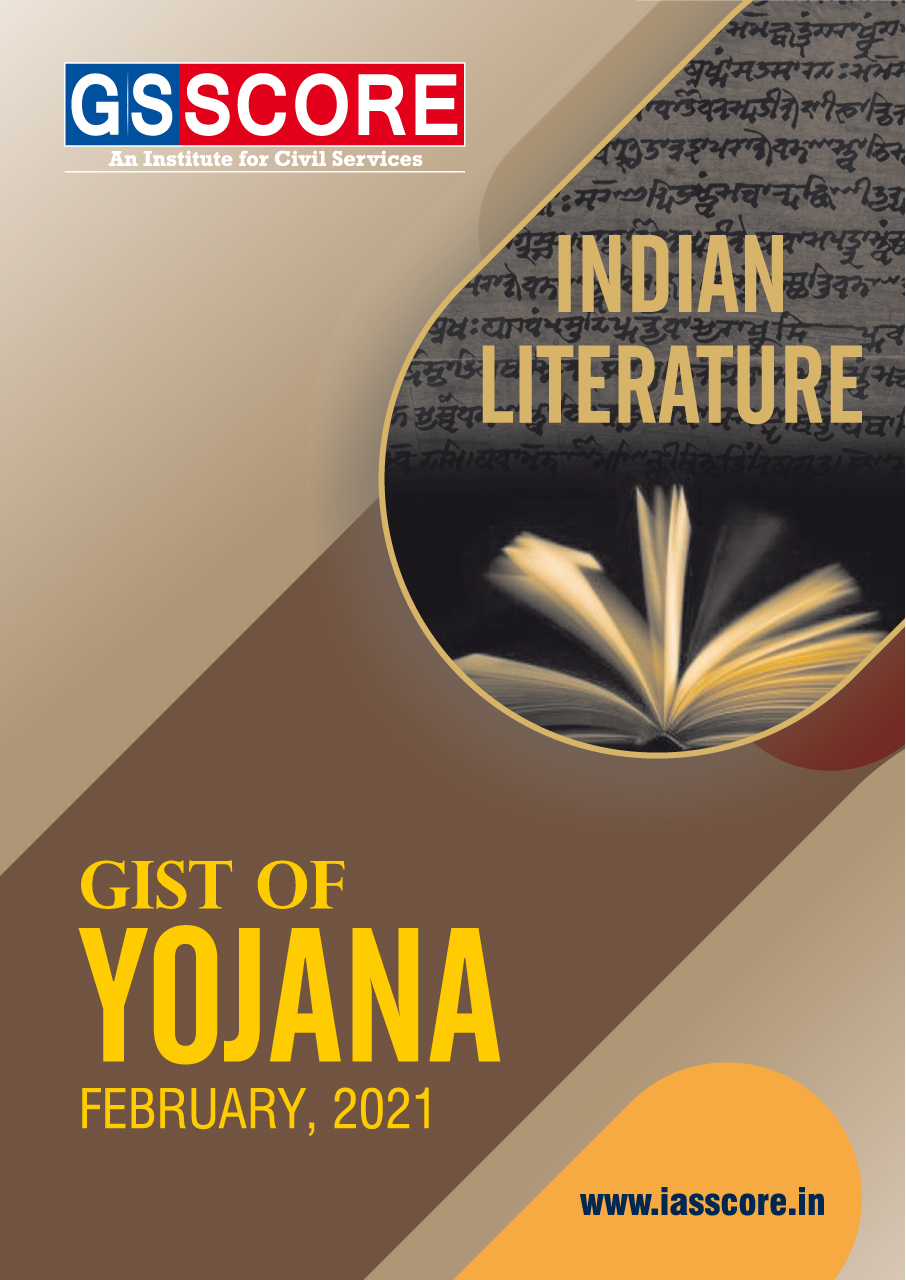


Introduction
- The pandemic gave us reasons to delve deep and look beyond the normal, shoving us into a capsule of self-banishment and demanding us to reflect on the many privileges that we somehow took for granted, and being grateful for the same.
- It altered lives in ways unimaginable and revived the lost melody, with people finding new ways to survive, adapt and grow.
- Amid unprecedented darkness, Arts and Literature has always been a beacon of hope, enriching lives and defining who we are as humans.
- Through the prism of Literature, we view the art of words that not only gives pleasure to our restive souls but in essence holds a mirror to the society thereby becoming a means to validate cultural values and history connected with them.
- And it is the sheer power and magic of words that expand our skies and broadens our horizons.
- Literature is the panacea for all societal ills and a powerful tool for effective learning.
- The journey of Indian literature is rooted in diversity and marked with a shift in the themes, ideas, and styles.
- Despite these subtle changes and diversity, literature remains relatable because of the linguistic density of the Indian sub-continent and the willingness to take up and absorb all wonderful things from any language or culture.
- The sheer ability of the litterateurs to produce their vast literary creations without worrying about the trends eventually led to a rich collection in many languages.
- Indian Literature originated during the Vedic period and gradually progressed to newer forms and manifestations.
- It is clearly an outcome of a multi-cultural mélange where a thousand worlds forge themselves to create a mind-boggling symphony of words.
Related Articles

